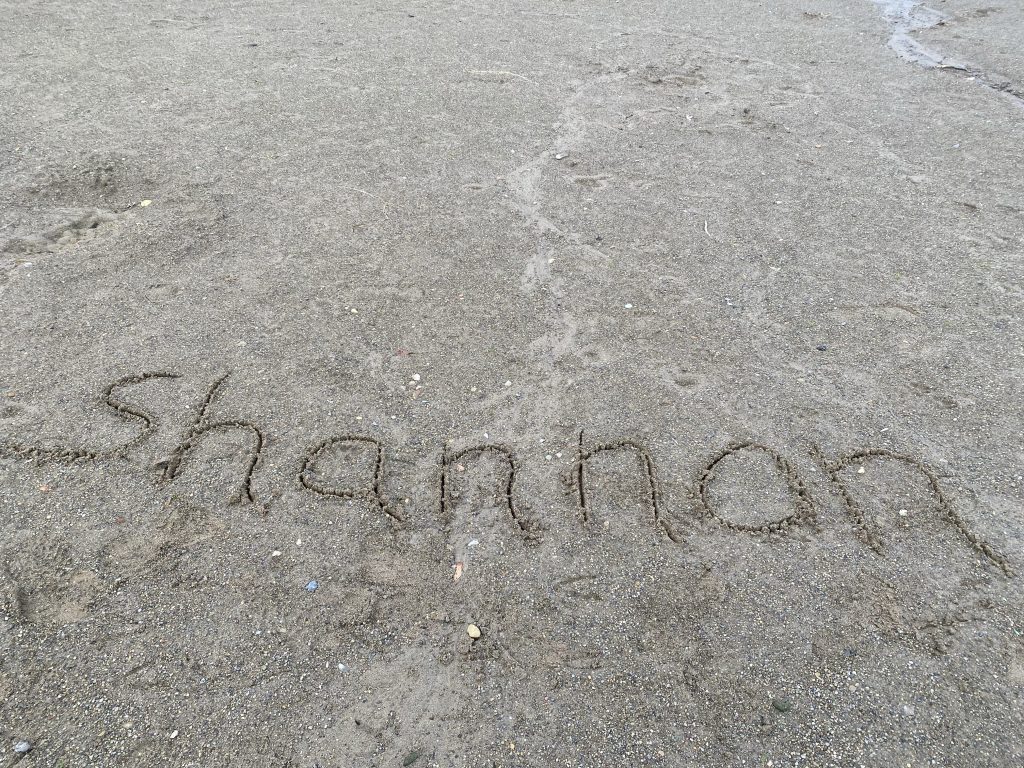
It’s that time of year again where Seasonal Affective Disorder (SAD) tends to rear it’s head in many parts of the world. The weather is changing, daylight savings time ends and there is less light and sunshine. Paying attention to these seasonal shifts and how they impact our bodies is so important.
Seasonal Affective Disorder, other times called Seasonal Affective Depression, Seasonal Affective or Seasonal Depression, is more than the “winter blues”. According to the American Psychiatric Association, SAD is a form of depression that can be distressing and overwhelming and can interfere with daily functioning. Seasonal Affective Disorder affects approximately 5% of adults living in the U.S and is more common in women. SAD generally lasts about 40% of the year.
Think You May Have Seasonal Affective Disorder?
If you start feeling “off” when the weather and daylight changes, it’s a good idea to talk with your doctor. For the longest time, I just knew that things changed for me when the weather got colder. I live in Western, NY so we have many months of cold with minimal sunlight. But, I had no clue what was happening with my body. I even blamed myself, thinking that I was doing something wrong or that I was at fault.
Things dramatically changed when I had a name and explanation for what I was experiencing.
Whether you have SAD or the winter blues, the following solutions can help.
Want to know more about the exact symptoms and more details of SAD? Reference the article above.
Helps for Seasonal Affective Disorder
Although Seasonal Affective Disorder can’t be cured, there are several things that you can do to improve symptoms and make the season easier for yourself. Even if you don’t have SAD and are looking for ways to decrease the winter blues, these techniques will be helpful.
You Are Not Alone
Seasonal Affective Disorder is very common, especially in certain parts of the world where winter is long and sunlight scarce. I used to feel ashamed and embarrassed for experiencing SAD. I thought it was my fault and if I just worked harder or did things better, I could make it all go away. Today I know that’s not true. I can’t control how my body responds to the change in seasons. All I can do is take the best care of myself possible and show myself gentleness and compassion. SAD is difficult and prevalent. Isolating only makes things worse and sharing the hard just may help someone else 🙂



